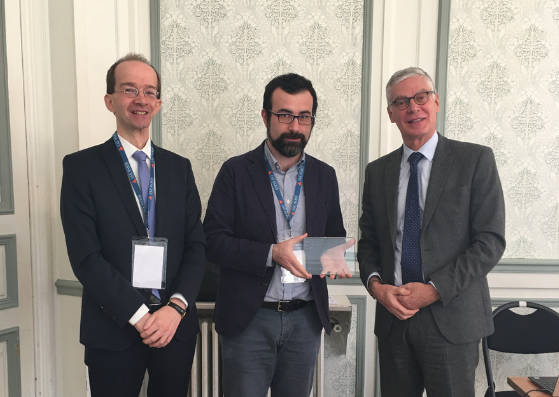Authors
Dr. Pierluigi Murro
Pierluigi Murro is Associate Professor of Corporate Finance at LUISS-Guido Carli University. He obtained a PhD in Economics from University of Bari. He is the Scientific Coordinator of the Master in Corporate Finance of LUISS Business School and Research Fellow of CASMEF and CERBE research center. His research interests include: corporate finance, relationship banking, banking regulation, corporate governance, innovation and export. He has published in The Journal of European Economic Association, Journal of Financial Intermediation, Review of Economic Dynamics and European Economic Review.
Dr. Valentina Peruzzi
Valentina Peruzzi is Post-doc Research Fellow and Adjunct Professor of Financial Markets and Institutions at the department of Economics and Finance of LUISS University. She holds a PhD in Finance from the University of Rome Tor Vergata and her research interests lie in the field of corporate governance, bank-firm relationships, innovation and entrepreneurship.
Executive Summary
The re-regulation wave following the global financial crisis is putting pressure on local community and cooperative banks. The literature on the real effects of financial institutions is large. By performing critical functions in the economic system, financial institutions can foster economic growth, mitigate income inequality and reduce poverty (Beck and Levine, 2004). Although the literature has widely investigated this topic, it has generally considered homogeneous financial institutions, without distinguishing the effect of different financial intermediaries. The aim of this study is to fill this gap, by investigating whether the nature of credit institutions, especially their engagement in cooperative banking, plays a role in the reduction of income inequalities. The comparative advantage in lending to informationally opaque borrowers by engaging in "relationship lending" and the local orientation of cooperative banks could have a beneficial effect on inequalities. Moreover, the commitment to support the economic development of the local community may make cooperative banks more effective in improving income distribution.
In order to test these predictions, we analyze Italian local credit markets over the period 2001-2011. We find that cooperative banks reduce income inequality significantly more than their commercial counterparts. Moreover, we find that the effect of cooperative bank branches on income inequality remains significant even controlling for the pervasiveness of relationship lending in the province, suggesting that cooperative banks have a beneficial effect on inequality that is not entirely explained by their lending technology. The analysis then turns to investigate the channels through which cooperative banks mitigate income inequality. In particular, we focus on the role played by the effects of cooperative banking on urbanization, geographical mobility, material infrastructures, entrepreneurship and human capital. Estimation results indicate that the reduction of income inequality produced by cooperative banks is mainly channeled by a reduction of migratory flows and a lower turnover of local businesses.


